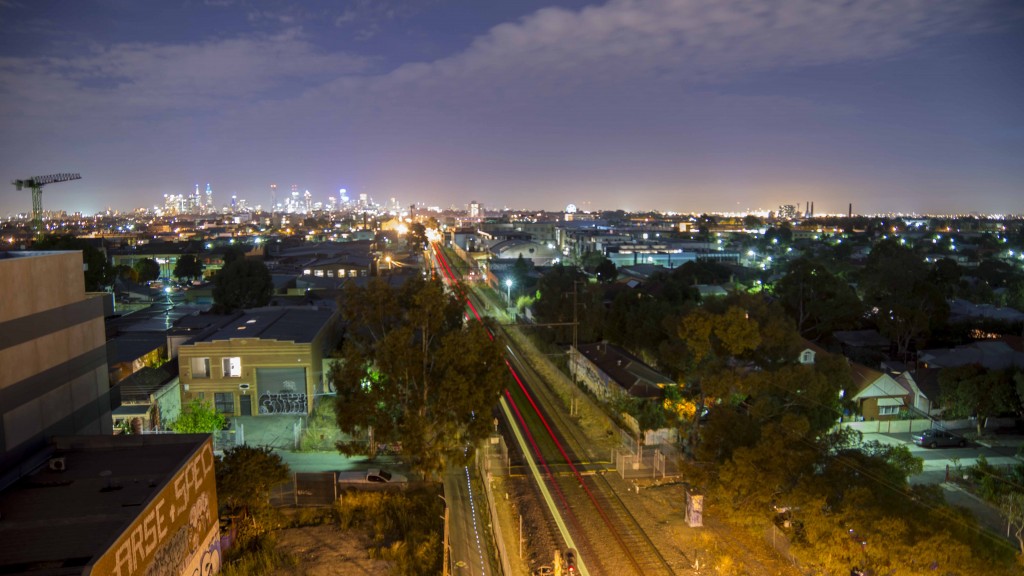This week we focused on copyright law and creative commons. Copyright law falls under civil law and is designed to ensure that a creator’s content is not used by others, without permission. As soon as someone copies or exploits the work of another person they are in infringement of copyright. My experience on YouTube has shown me that the site enables members to upload copyright material as long as the content is not monetized by the member; meaning they would financially benefit from the content. YouTube will identify the content (music for example) as the work of another creator, but will not stop the user from distributing it. Below is one of my videos that originally got muted by YouTube for featuring copyright audio, however the decision was evoked and the audio returned due to the fact I was not benefiting financially from the video.
This leads to me realise that the boundaries of copyright law are not clear black and white. One of the readings this week proves this point exactly:
“There are also a number of fair dealing exceptions to copyright infringement, including fair dealing for the purpose of criticism and review, parody and satire, research and study, and reporting the news” (Arts Law Centre of Australia).
This shows that there are considerations in place within the law, excepting the reproduction of copyright material for particular uses. However in the commercial industry, copyright law is pretty crystal clear; you can’t use or even recreate something similar to another person’s material. However what if your creative recreation of unoriginal material can be considered better than the original in some respects, or at least just as worthy of distribution. Unfortunately copyright law prevents this distribution of creativity and instead enables cultural monopolists to dominate the cultural market. Music; publishing; imaging; and movie industries decide how to distribute the content they get their hands on, removing cultural and artistic exchange from the people. Imagine a world without copyright. This thought I’m sure scares you at first and that’s because:
“Cultural monopolists desperately want us to believe that without copyright we would have no artistic creations and therefore no entertainment. That is nonsense. We would have more, and more diverse ones” (NY Times 2005).
Removing the restrictions of copyright would create a market that is accessible for everyone, a level playing field and it would also protect creativity within the public domain. Creating a market built around the success of cultural and artistic competition, providing the public with a rich variety of creative alternatives.


